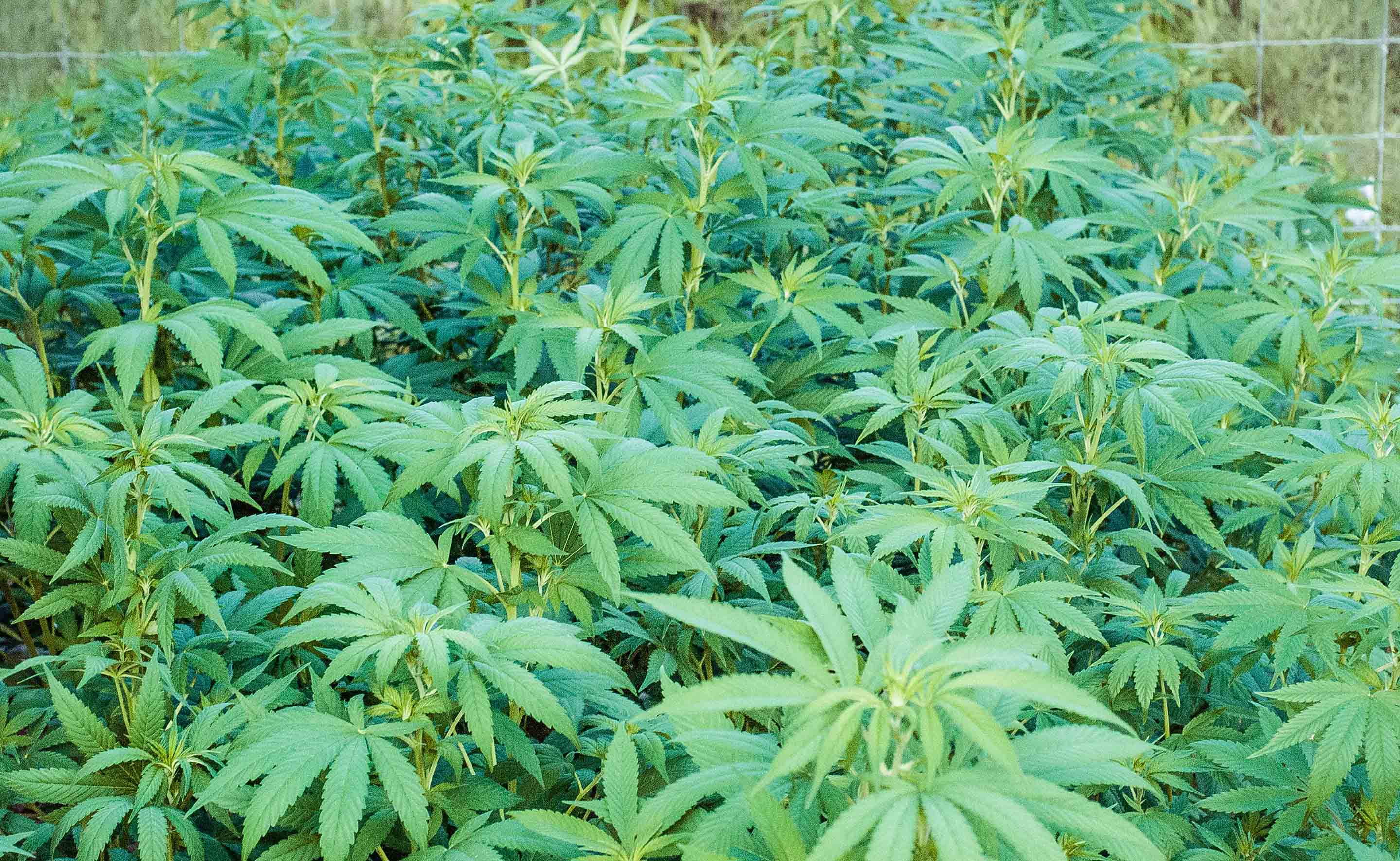The hemp industry is constantly evolving and pushing the boundaries of what is possible with cannabis breeding. With new and innovative breeding techniques, growers are creating unique strains of hemp that are high in CBD and low in THC, making them perfect for a wide range of industrial and medicinal applications.
One popular breeding technique is called “backcrossing.” This involves crossing a desirable trait from one plant with another plant that possesses that trait. This creates a new strain that is more stable and consistent, and that contains the desired trait in a higher concentration. For example, a high-CBD strain can be backcrossed with another high-CBD strain to produce a new strain that is even higher in CBD.
Another technique is “hybridization” which is the process of crossing two different strains of hemp to create a new strain with a unique combination of traits. This technique allows growers to combine the best traits of different strains to create a new strain that is tailored to specific growing conditions or that has specific medicinal properties.
A newer breeding technique is the use of “genetic engineering” which allows for precise control of the genetic makeup of the plant. This method allows for the creation of strains that are resistant to pests and diseases, and that can be grown in a wider range of climates. Genetic engineering also allows for the creation of strains that are more resistant to environmental stressors, such as drought or extreme temperatures, making them more resilient and easier to grow.
Finally, there is “polyploidy” which is a technique where a plant’s chromosome number is increased, resulting in plants with larger flowers, leaves, and stems. This technique can also be used to create strains that are more resistant to pests and diseases, and that have higher CBD content.
In conclusion, the hemp industry is using a variety of breeding techniques to create unique strains of cannabis that are high in CBD and low in THC. These new strains are being developed to meet the growing demand for CBD products, and they are also being used for a wide range of industrial and medicinal applications. With the continued advancement of breeding techniques, the future of hemp looks very promising.
